Creating a decorating plan isn’t just about picking paint colors—it’s about solving the overwhelm that comes with making a home feel like you. If you’ve ever stood frozen in a furniture store or felt lost trying to mix old pieces with new ideas, you’re not alone. The truth is, most people don’t know where to begin.

This guide lays out 15 clear, doable steps to help you build a decorating plan that actually works—one that fits your lifestyle, reflects your taste, and keeps your sanity intact.
From goal-setting and budget tips to mood boards and lighting tricks, you’ll walk away with a plan that’s less guesswork and more “wow, this feels right.” Ready to stop spinning and start styling? Let’s get into it.
- I. Keep a Journal of Ideas
- II. Define Your Goals
- III. Write Down Your Living Needs
- IV. Make a Priority List
- V. Define the Function of Each Room
- VI. Evaluate and Declutter Your Belongings
- VII. Find Inspiration
- VIII. Determine Your Style
- IX. Select a Color Scheme
- X. Decide on Your Budget
- XI. Choose Your Favorite Furniture and Accessories
- XII. Choose Lighting
- XIII. Convert Your Journaling Ideas to a Mood Board
- IVX. Create a Floor Plan
- XV. Edit, Edit, and Edit
- Conclusion
- Frequently Asked Questions About Creating a Decorating Plan
- 1. Do I really need a decorating plan, or can I just start decorating?
- 2. How do I figure out my decorating style?
- 3. What’s the first thing I should do when starting a decorating plan?
- 4. How do I choose a color scheme that works?
- 5. What if I’m decorating on a tight budget?
- 6. How long does it take to complete a decorating plan?
- 7. Can I decorate one room at a time, or should I plan the whole house?
- Subscribe To the Newsletter!
I. Keep a Journal of Ideas
Before you shop for a single throw pillow or paint swatch, start by capturing everything that inspires you. A decorating journal isn’t just a place to store ideas—it’s the launchpad for your entire plan. It helps you figure out what you love, what you don’t, and what feels authentically “you.”
Whether you’re scribbling notes on your commute or saving screenshots at midnight, this journal helps your ideas live somewhere real—not just in your head.
How to Create a Journal:
- Use a physical notebook or a digital tool like Notion, Evernote, or even Pinterest.
- Save photos of rooms, furniture, or materials you’re drawn to.
- Keep a running list of anything that sparks emotion—even if it seems random.
- Don’t worry about how it fits together yet; the point is to collect, not curate.
Pro Tip: Create folders for each room or theme you’re exploring. This makes it easier to spot patterns and preferences later.
Don’t Miss: A Guide to Selecting Statement Furniture Pieces for Your Home
II. Define Your Goals
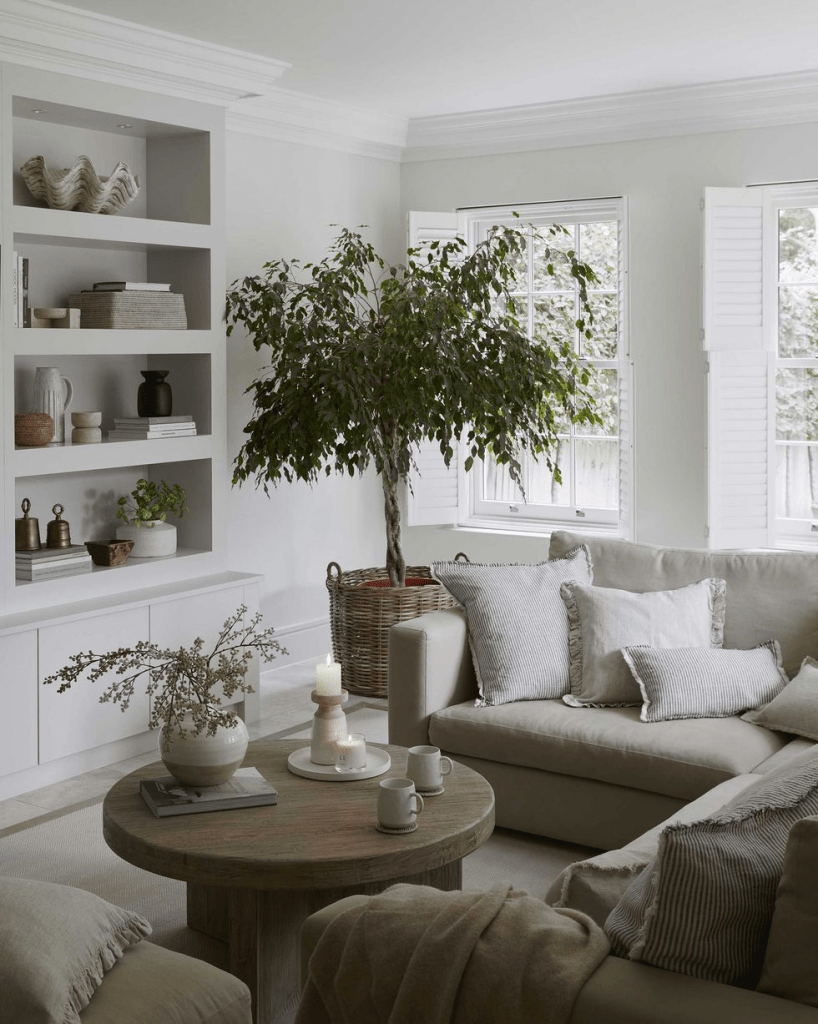
Decorating without clear goals is like trying to navigate without a map. Sure, you might end up somewhere nice—but chances are it won’t be what you envisioned. Defining your goals helps steer your decisions, set priorities, and keep your project on track. Whether you’re aiming to create a cozy living room or a vibrant entertaining space, clarity upfront saves time and money later.
How to Define Your Goals:
- Ask yourself: What do I want this space to feel like when I walk in?
- Outline goals like: more comfort, better function, updated style, or added storage.
- Create 2–3 simple statements per room, such as “Make the living room feel less cluttered” or “Create a calming retreat in the bedroom.”
- Keep these goals visible in your journal or mood board to stay grounded.
Picture This: A mood board with words like “serene,” “inviting,” and “no more clutter” pinned next to your favorite design photos.
Pro Tip: Turn vague goals into SMART ones. For example: “Find and order new blackout curtains for the bedroom by next Friday.
Trending post: How To Make An Interior Design Mood Board: Step-By-Step Guide
III. Write Down Your Living Needs
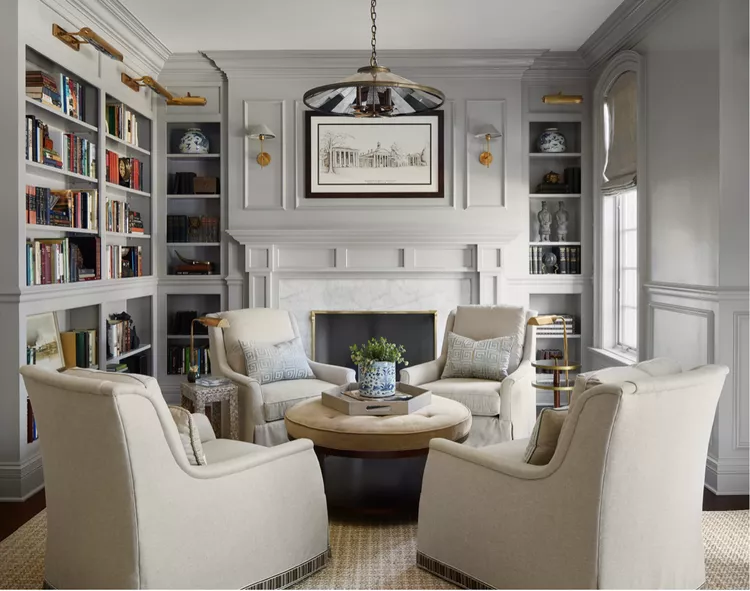
Your decorating plan shouldn’t just look good—it needs to support your real life. That means considering how you use your space daily.
A beautifully styled home that doesn’t function is more frustrating than inspiring. Understanding your lifestyle helps you make intentional choices that blend beauty with practicality.
How to Identify Your Needs:
- For each room, write down the daily activities it supports—like work, entertaining, relaxing, cooking, or exercising.
- Consider how many people use the space and their needs (kids, pets, guests).
- Look for friction points: Is there not enough lighting? Is the seating uncomfortable?
- Let function lead design decisions, like choosing storage ottomans or adding better lighting for your evening routine.
Pro Tip: Walk through your house with a notepad and record what works—and what drives you nuts.
Don’t Miss: How to Create a Soft Color Palette That Transforms Your Entire Home
IV. Make a Priority List
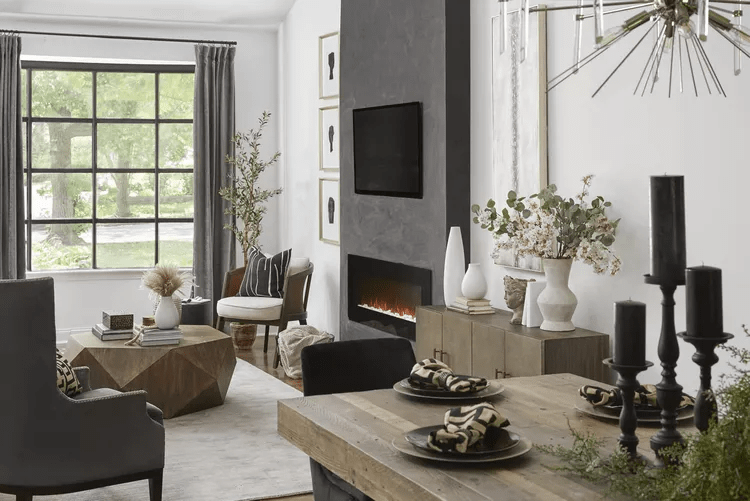
It’s tempting to tackle every decorating idea all at once, but spreading your efforts too thin can cause burnout or budget bloat.
A priority list helps you focus on what will make the biggest impact first. By identifying which rooms or updates will have the most return—emotionally or functionally—you create momentum and stay motivated.
How to Create Your List:
- List each room and rate it by importance or urgency.
- Identify tasks with the highest visual or functional payoff (like upgrading lighting or replacing worn-out furniture).
- Determine which goals require outside help (like contractors or electricians) and budget accordingly.
- Revisit your priorities monthly—your needs may shift as your home evolves.
Pro Tip: Start with “high-friction” areas—the spots that currently annoy you the most.
Picture This: A simplified project board that breaks your makeover into “Now,” “Next Month,” and “Later” sections—with tasks you’re actually excited to check off.
Dont’ Miss: 15 Easy Ways to Update Your Interior in Just One Day
V. Define the Function of Each Room
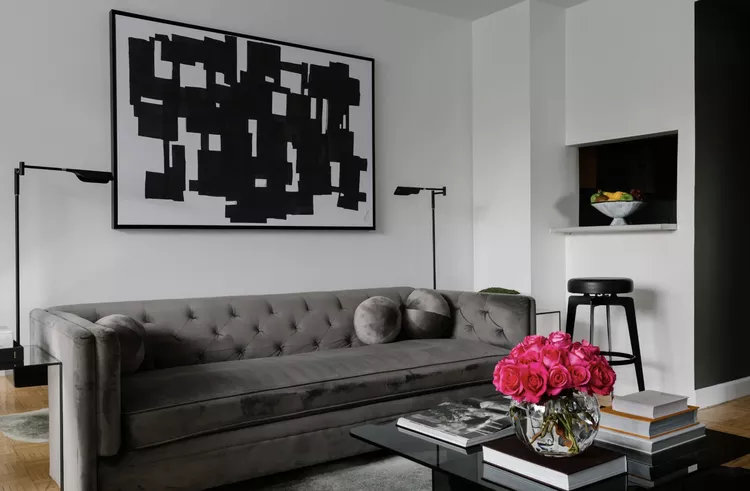
Your home should be a reflection of your routines. That starts with defining the purpose of each space—because form follows function. The clearer you are about how a room should serve you, the easier it is to design intentionally.
Whether it’s a reading nook, home office, or multi-purpose guest room, a well-defined function prevents wasted space and enhances daily flow.
Tips to Define Function for Your Home:
- Assign one or two key functions to each room (e.g., “Relax and watch movies,” “Work and take video calls”).
- Design zones within open spaces to clearly separate activities.
- Choose furniture and storage solutions based on room purpose.
- Resist the urge to copy trends that don’t serve your lifestyle needs.
Pro Tip: Struggling with multipurpose spaces? Use visual cues like rugs or lighting to define different areas without adding walls.
Trending Post:How to Create a Cozy Home Office
VI. Evaluate and Declutter Your Belongings
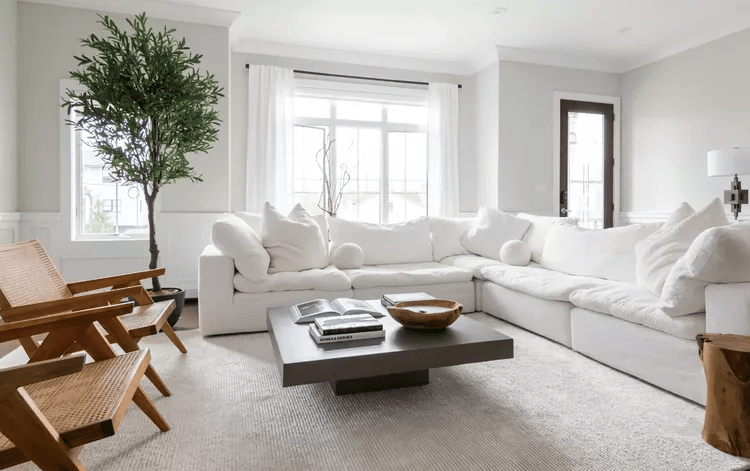
Before layering on fresh style, you’ve got to clear the clutter. Every great decorating plan starts with an honest evaluation of what’s currently in your space.
Decluttering not only opens up the physical room—it clarifies your design direction. It’s hard to design with intention when you’re surrounded by pieces you no longer love or need.
How to Declutter Your Space:
- Walk through your space and ask, “Do I use this? Do I love it? Does it serve me?”
- Sort belongings into keep, donate/sell, or store categories.
- Be brutally honest with decor that feels outdated or doesn’t fit your new plan.
- Use bins, baskets, or under-bed storage for what stays.
Pro Tip: Set a timer for 30 minutes per room. You’ll stay focused and avoid decision fatigue.
Picture This: A living room stripped of visual noise, where every item feels handpicked and purposeful—not just accumulated over time.
Related Post: How To Start Organizing A Messy House: 15 Most Popular Decluttering Methods
VII. Find Inspiration
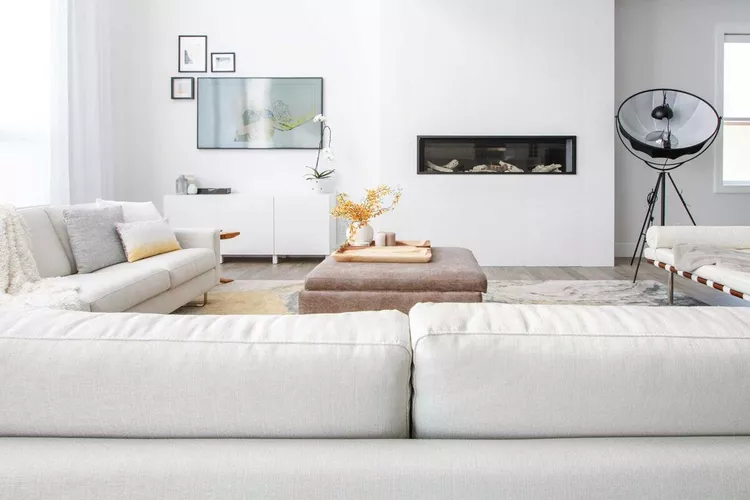
When you’re feeling stuck or unsure what direction to take, inspiration fuels momentum. It helps crystallize your taste and uncover design ideas you didn’t know you needed.
The key is to explore widely—beyond Pinterest and paint chips—to find fresh perspectives and themes that excite you.
How to Find Inspiration:
- Visit design showrooms, furniture stores, or open houses for in-person inspiration.
- Create dedicated Pinterest boards by room, color, or mood.
- Follow interior designers and stylists on Instagram or YouTube.
- Save magazine clippings or snap photos when you see something that sparks joy.
Pro Tip: Try the “5-image method”: save five pictures that make you pause, then look for common threads—colors, textures, layouts—to identify your preferences.
Related Post: Interior Design Photography Hack: Make Your Home Look Better in Photos
VIII. Determine Your Style
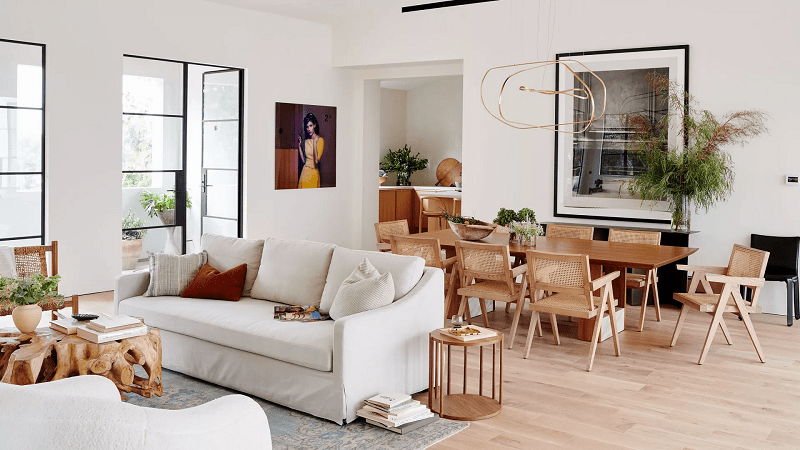
You don’t need to know the difference between Mid-century Modern and Scandinavian Industrial—but you do need to know what makes you smile.
Determining your style is about discovering your vibe, your voice, and what feels most “you.” Forget labels; think of it as defining the mood and experience you want your space to evoke.
Find your Style:
- Reflect on what you love in art, fashion, music, and travel—your style lives there too.
- Look through your inspiration images and note recurring patterns: Are the lines clean? Is the palette bold or muted?
- Try naming your style using adjectives, not categories: “earthy + structured” or “cozy + elegant.”
- Don’t worry about fitting in a box—most stylish homes blend elements anyway.
Pro Tip: Trust your gut. If you love it—even if it’s not trending—it belongs in your plan.
Picture This: A space that doesn’t scream “boho” or “modern,” but subtly radiates you in every detail, from the vintage lamp to the velvet throw.
Related Post: Secrets to Mixing Textures at Home Like an Interior Designer
IX. Select a Color Scheme
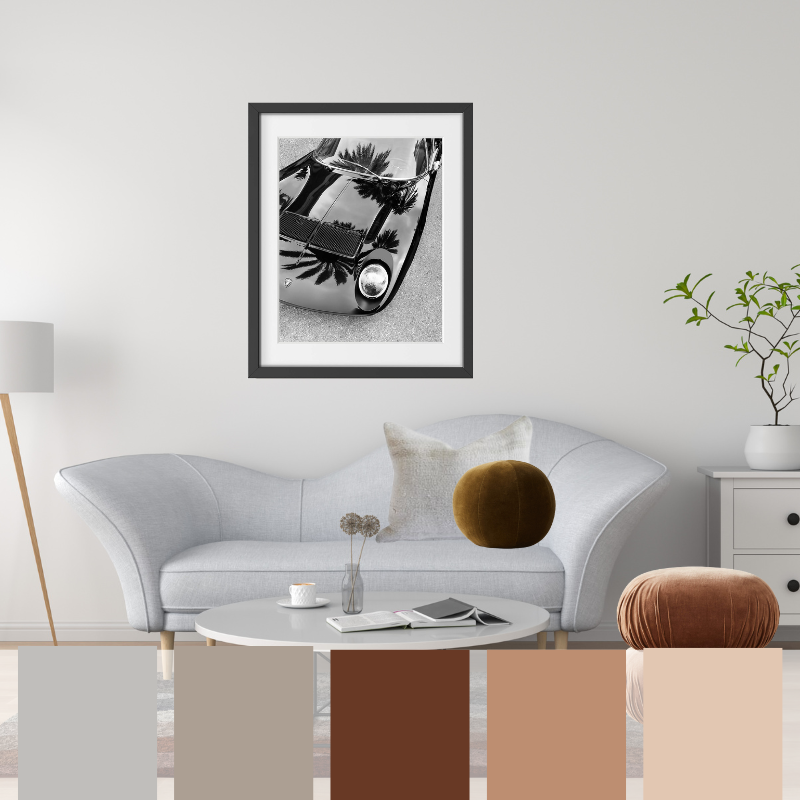
Color doesn’t just decorate—it transforms. The right color palette can relax, energize, or uplift a room depending on your goals.
Selecting a cohesive color scheme is what ties your vision together and makes your space feel finished, not chaotic. It’s not about picking a “perfect color”—it’s about picking a feeling.
How to Choose a Color Scheme:
- Choose a base of 2–3 main colors and 1–2 accent shades.
- Start with neutrals for longevity and add bold tones through accessories.
- Consider undertones, lighting, and how the space is used (bedroom calm vs. kitchen energy).
- Use tools like color wheels or swatch apps to test combos before committing.
Pro Tip: Anchor your color choices around one item you love—a piece of art, a pillow, or even your favorite sweater—and build your palette from there.
Related Post: How To Create A Color Palette For Your Zodiac Sign
X. Decide on Your Budget
Decorating without a budget is like grocery shopping hungry—it’s a fast path to regret. A thoughtful budget gives you the freedom to spend smart, not small.
It helps you prioritize quality pieces, avoid impulse buys, and plan for upgrades over time rather than blowing everything in one weekend.
How to Stay on Budget:
- List major purchases room-by-room, starting with must-haves.
- Research price ranges and build in a 10–15% buffer for surprises.
- Decide where to splurge (e.g., sofa, mattress) and where to save (e.g., throw pillows, side tables).
- Break down your budget by phase if you’re tackling rooms one at a time.
Pro Tip: Give each room its own mini “budget envelope”—either physical or in a spreadsheet—to track spending and stay accountable.
Picture This: A design plan that balances quality and creativity—where a splurge-worthy rug anchors the room and savvy budget finds pull everything together.
Must Read: 10 Easy Ways For a Bedroom Refresh on a Budget
XI. Choose Your Favorite Furniture and Accessories
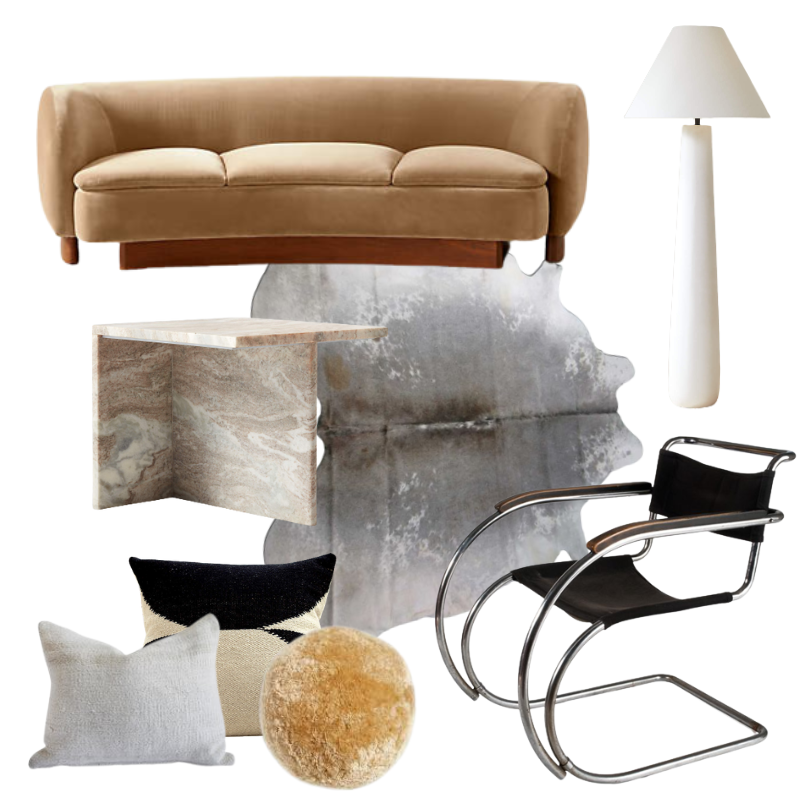
The pieces you select will set the tone for how your space looks and feels. Furniture establishes functionality, while accessories inject character and soul.
The key is curation—not cramming. Every item should serve a purpose, be it utility, beauty, or emotional resonance.
How to Accessories:
- Make a list of essential furniture by room and measure before you buy.
- Mix large investment pieces with affordable accents to stay within budget.
- Layer in accessories like throw pillows, art, rugs, and plants to create depth.
- Let form follow function: your favorite chair should be both stunning and comfortable.
Pro Tip: Choose accessories with personality—books, heirlooms, or travel finds make a room feel lived-in, not staged.
Don’t Miss: How to Layer a Rug: A Complete Room-by-Room Guide
XII. Choose Lighting
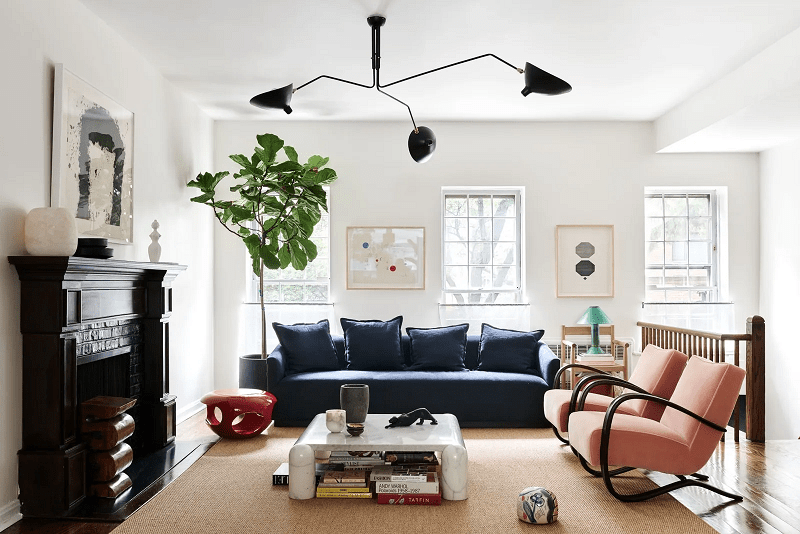
Lighting is the secret sauce of great design—it sets the mood, defines zones, and enhances every other element in the room.
Too often it’s an afterthought. Layered lighting, thoughtfully chosen, can elevate your space from flat to fabulous with a flick of a switch.
How to Light Your Space:
- Use three layers: ambient (overhead), task (lamps), and accent (sconces or LED strips).
- Opt for dimmer switches to customize brightness by time of day or mood.
- Select fixture styles that complement your overall aesthetic.
- Position lights to highlight key areas like artwork, reading spots, or a statement plant.
Pro Tip: Choose bulbs with a color temperature between 2700K–3000K for warm, inviting light that flatters both your space and your skin tone.
Picture This: A cozy nook wrapped in warm lamplight, casting soft shadows across your bookshelf while pendant lights glow above the kitchen island.
XIII. Convert Your Journaling Ideas to a Mood Board
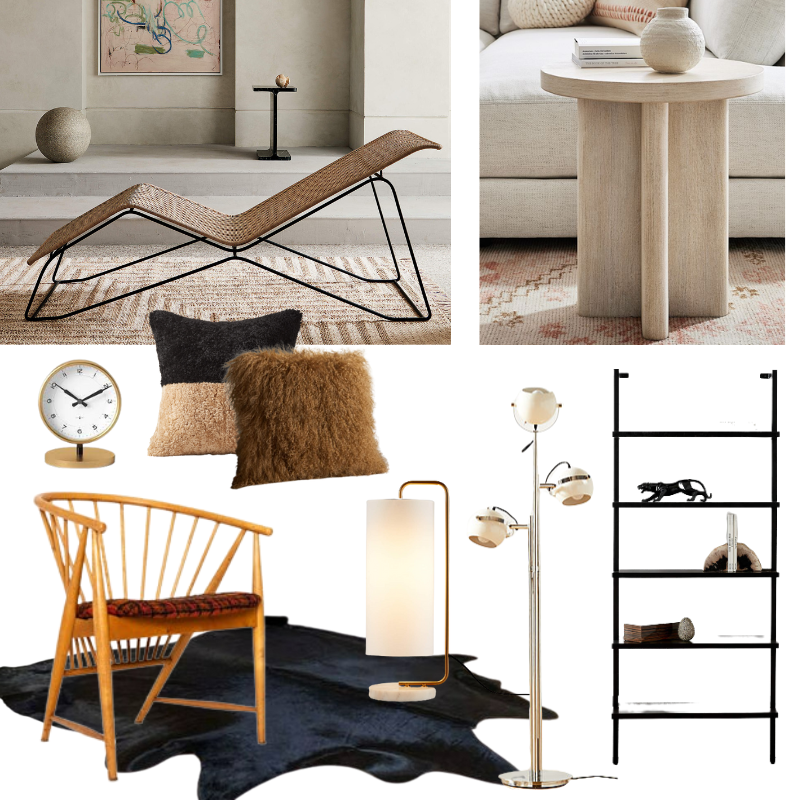
Think of your mood board as your decorating GPS—it gives visual form to your vision and helps keep your style consistent. It’s not about perfection; it’s about direction.
With a well-built mood board, you’ll know exactly where you’re headed and which details belong on the journey.
How to Create a Mood Board:
- Collect swatches of fabrics, paint chips, and flooring samples.
- Add photos of furniture, light fixtures, artwork, and accessories that you’re drawn to.
- Arrange items to show color flow, material contrast, and overall vibe.
- Create separate boards for each room, or a master board to unify your entire home.
Pro Tip: Use free digital tools like Canva, Milanote, or Morpholio Board to build interactive boards you can easily update and share.
Don’t Miss: How To Create Mood Board In Canva: Step By Step Guide
IVX. Create a Floor Plan
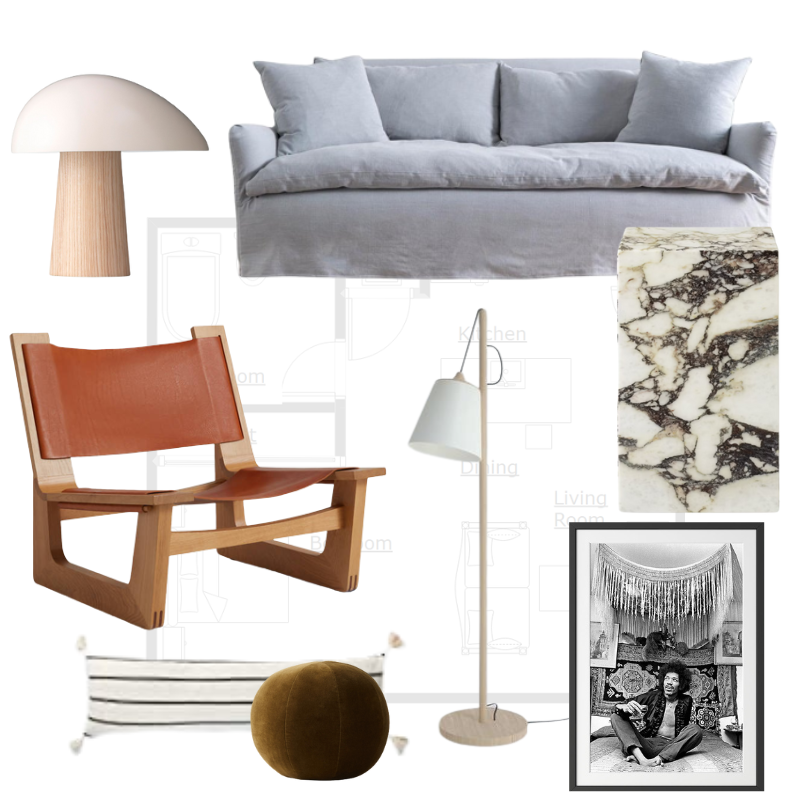
No matter how gorgeous your pieces are, they won’t sing if they’re stuffed into the wrong layout. A floor plan makes your room functional—and beautiful—by mapping out how people move through the space.
It ensures balance, breathing room, and smart spatial flow.
Steps to Creating a Floor Plan:
- Measure your space and draw it to scale using paper or tools like Roomstyler or SketchUp.
- Include permanent features like doors, windows, and electrical outlets.
- Try multiple furniture arrangements before settling on one.
- Always allow 30–36 inches of space for walkways and 16–18 inches between seating and coffee tables.
Pro Tip: Take photos of potential layouts and compare how they feel visually. It’s often easier to spot imbalances in a photo than in person.
Picture This: A living room layout that encourages conversation and movement, not stubbed toes and awkward angles.
Trending Post: How to Style a Sideboard: Room-by-Room Decorating Guide
XV. Edit, Edit, and Edit
After you’ve created your floor plan and mood board, it’s time to step back and evaluate your plan as a whole. Take some time to review your notes and make sure that you’re happy with your design choices.
Look for any areas where your plan may be lacking or where changes could be made to improve the overall look and feel of the space. Consider things like lighting, flow, and functionality, and make adjustments as needed.
It’s also a good idea to get a second opinion from someone you trust, whether it’s a friend or a professional designer. They may be able to offer valuable insight and help you to see things from a different perspective.
Once you’ve made any necessary changes, you’re ready to start bringing your decorating plan to life! Remember, the most important thing is to have fun with the process and create a space that truly reflects your personal style and meets your needs.
Most Popular Post:
Interior Design Style Quiz
Timeless Paint Colors That Never Go Out of Style
Create Your Perfect Ergonomic Home Office: A Complete Guide
Must-Have Accessories for Guys: The Secret to a Stylish Space
Modular Sofas for Small Spaces: Brilliant Solutions for Compact Living
Conclusion
Creating a decorating plan can seem overwhelming at first, but by following these 15 first steps, you can break down the process into manageable tasks. By keeping a journal of ideas, defining your goals, and writing down your living needs, you can start to envision what you want your space to look and feel like. Making a priority list and defining the function of each room will help you to prioritize your design decisions.
Evaluating and decluttering your belongings will ensure that you are not bringing unnecessary items into your space, and finding inspiration will help you to hone in on your personal style. Selecting a color scheme, deciding on your budget, choosing your favorite furniture and accessories, and selecting lighting will all play a crucial role in creating a cohesive and inviting space.
Converting your journaling ideas to a mood board and creating a floor plan will help you to visualize how everything will come together. Finally, editing your plan will allow you to refine and perfect your design choices. By following these steps, you can create a decorating plan that will help you to achieve your dream home.
Frequently Asked Questions About Creating a Decorating Plan
1. Do I really need a decorating plan, or can I just start decorating?
Yes, you need a plan. Without one, it’s easy to waste time, money, and energy on pieces that don’t work together. A decorating plan gives you direction, helps you prioritize, and ensures your space reflects your style and needs.
2. How do I figure out my decorating style?
Start by collecting inspiration—Pinterest boards, magazine clippings, or even your favorite outfits. Look for patterns in color, texture, and mood. Your style isn’t a label—it’s a feeling. If it makes you smile, it belongs in your space.
3. What’s the first thing I should do when starting a decorating plan?
Begin with a journal or mood board. Capture your ideas, goals, and inspirations in one place. This helps you clarify your vision before making any big decisions.
4. How do I choose a color scheme that works?
Think about the mood you want to create. Warm tones feel cozy, cool tones feel calm. Start with a neutral base and add 1–2 accent colors. Use swatches and test samples in your actual space before committing.
5. What if I’m decorating on a tight budget?
Focus on high-impact, low-cost changes first—paint, lighting, and accessories. Prioritize investment pieces like a great sofa or mattress, and mix in budget-friendly finds for everything else. A solid plan helps you spend smarter.
6. How long does it take to complete a decorating plan?
It depends on the size of your space and how much you’re changing. Some people complete a room in a weekend, others take months. The key is to go at your own pace and enjoy the process.
7. Can I decorate one room at a time, or should I plan the whole house?
You can absolutely go room by room—but it’s smart to have a big-picture plan. That way, your home feels cohesive even if you’re decorating in phases.
Subscribe To the Newsletter!
Subscribe now for an endless feed of inspirational women’s cave decor ideas, pampering rituals, and more tips for curating your ultimate escape. Let’s start making your cozy refuge a reality – you so deserve this!
CATCH THE LATEST IN HOME DECOR TRENDS: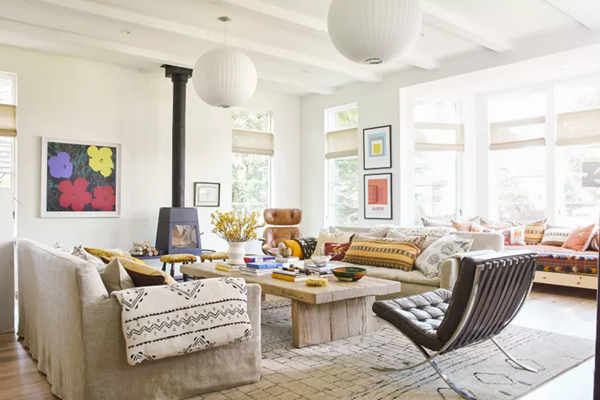
Steal These 16 Expert-Approved Decorating Secrets

How To Accessorize Your Living Room
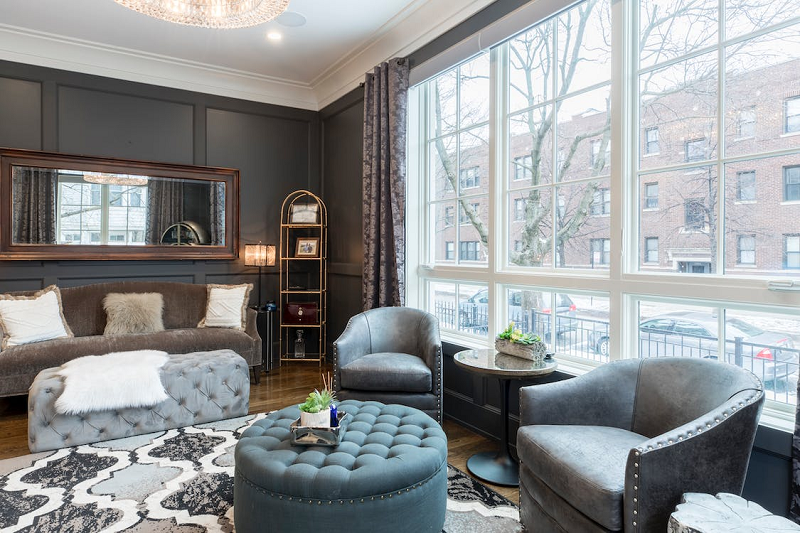
Small Space? 10 Ways To Make A Room Appear Bigger
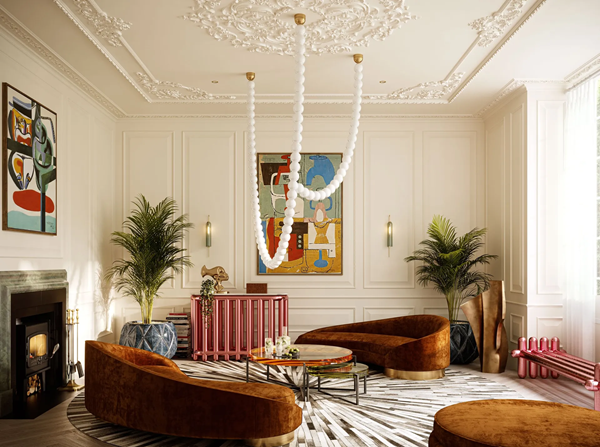
Make Your space Look Expensive
GET CAUGHT UP ON ALL THE INSPIRING DECOR TIPS: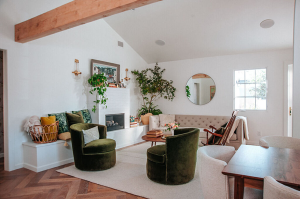
18 Fresh Decorating Ideas To Update Your Fireplace

How To Create An Art Gallery Wall

How To Decorate a Living Room With White Walls


